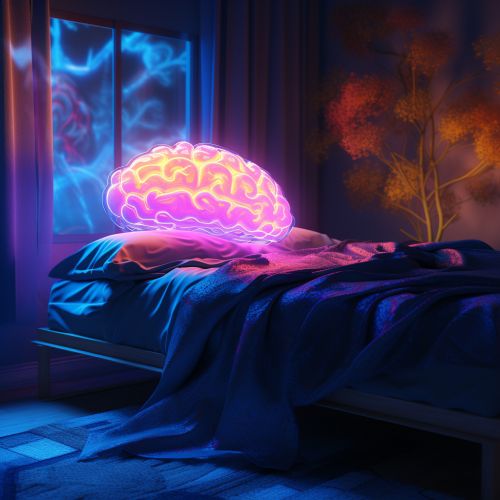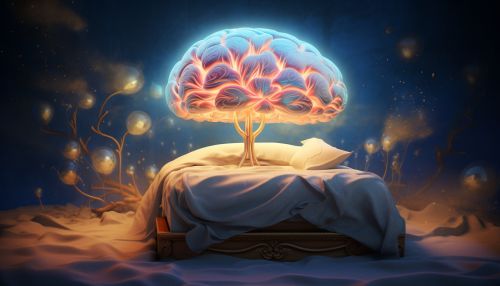The Science of Human Dream Patterns
Introduction
The science of human dream patterns is a fascinating field of study that delves into the intricacies of the human mind during sleep. Dreams are a universal experience; they can be vivid and detailed, filled with emotion and narrative-driven, or they can be fleeting and abstract. The study of dream patterns can provide insight into our cognitive processes, emotional health, and neurological functions.


Understanding Dreams
Dreams are a series of images, ideas, emotions, and sensations that occur involuntarily in the mind during certain stages of sleep. The content and purpose of dreams are not definitively understood, though they have been a topic of scientific, philosophical, and religious interest throughout recorded history. The scientific study of dreams is known as oneirology.
Dream Stages
Dreams mainly occur in the rapid-eye movement (REM) stage of sleep when brain activity is high and resembles that of being awake. REM sleep is revealed by continuous movements of the eyes during sleep. Dreams can also occur in the non-REM stage of sleep, but these dreams tend to be less vivid and less memorable.


Theories of Dreaming
There are several theories about why we dream. The most prominent theories include:
Psychoanalytic Theory
The psychoanalytic theory of dreams, primarily proposed by Sigmund Freud, suggests that dreams represent unconscious desires, thoughts, and motivations. According to Freud, dreams are a way of coping with repressed issues in our subconscious mind that we struggle with in our waking life.
Activation-Synthesis Model
The activation-synthesis model of dreaming proposed by Harvard University psychiatrists, J. Allan Hobson and Robert McCarley, suggests that dreams don't actually mean anything. Instead, they are merely electrical brain impulses that pull random thoughts and imagery from our memories.
Information Processing Theory
The information processing theory suggests that dreams are a way for the brain to sort out and process the day's events. It's a way for the brain to catalog and store important information, while discarding the unimportant details.


Dream Patterns
Dream patterns can vary greatly from person to person and from night to night. However, certain common patterns and themes have been identified in dreams. These include:
Recurring Dreams
Recurring dreams are dreams that repeat over time. These dreams can be pleasant or nightmarish and often involve the dreamer being chased, attacked, or failing a test.
Lucid Dreams
Lucid dreams occur when the dreamer is aware that they are dreaming. In some cases, the dreamer may even be able to exert some level of control over the dream characters, narrative, or environment.
Nightmares
Nightmares are distressing dreams that often wake the dreamer from their sleep. They can be related to stress, anxiety, or certain health conditions.


Dream Interpretation
Dream interpretation is the process of assigning meaning to dreams. While some believe that dreams have specific, universal meanings, others believe that the meaning of a dream is personal and unique to the dreamer.
Impact of Dreams on Health
Dreams can have a significant impact on our health and well-being. They can affect our sleep quality, mental health, and even our physical health. For instance, nightmares can lead to sleep deprivation, anxiety, and depression. On the other hand, positive dreams can lead to improved mood, reduced stress, and better overall mental health.


Conclusion
The science of human dream patterns is a complex and intriguing field. While much has been learned about the nature and purpose of dreams, there is still much more to be discovered. As research continues, it is hoped that we will gain a deeper understanding of this fascinating aspect of human cognition.
